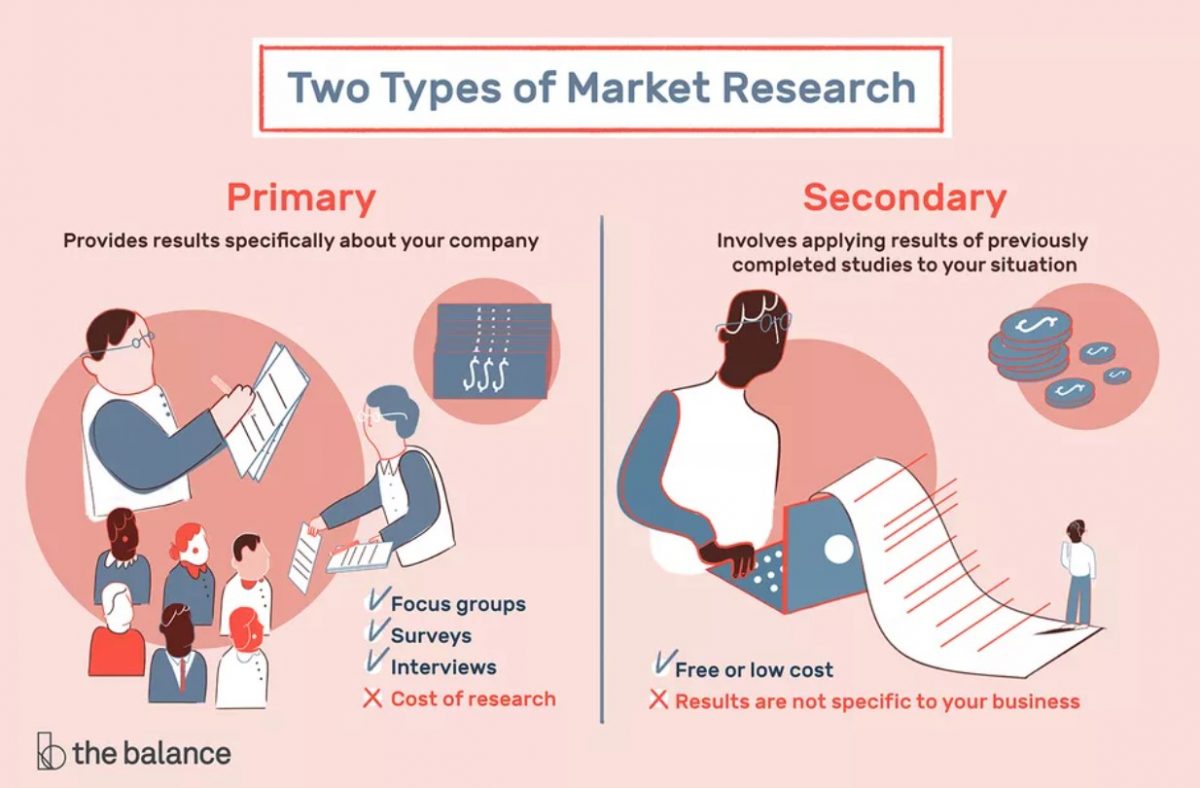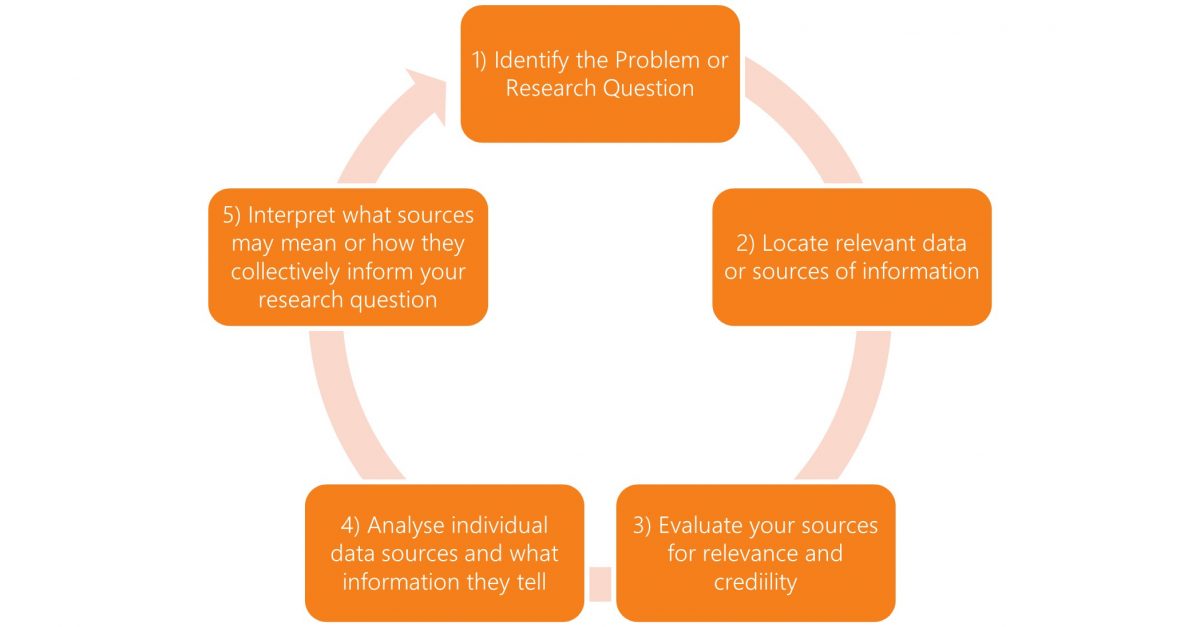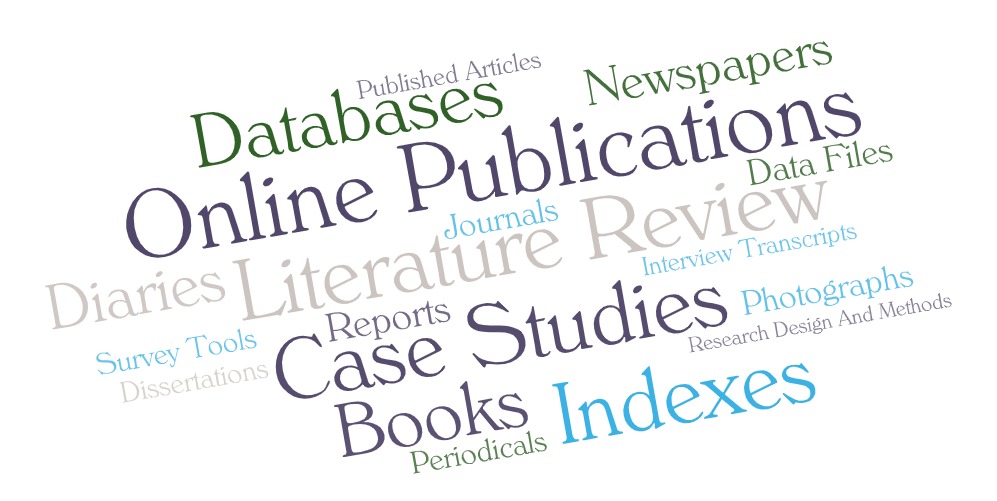What is secondary research?
11/10/20 / Caitlin McAteer


In the blog The Difference Between Primary and Secondary Research, market researcher Gigi Devault discusses the different types of research conducted within the field of Market Research. Here, she explains that in primary research, methods such as focus groups, surveys, and interviews are used to better understand a specific question as it relates to a company or organization. Rather than collecting data directly, secondary research aims to answer a question by understanding and applying results of previously completed studies.

One significant benefit of primary research is that results are specifically related to the institution in question. With secondary research, the results are not specific to the organization or company and must be interpreted. Although the applicability of research findings through primary research can be enticing, cost is a significant reason why organizations may choose to only conduct secondary research or to use it as a precursor to primary research. This helps to ensure money is well invested and an issue is partially understood prior to methodology design.
To maximize research dollars, a program or organization may choose to only conduct secondary research to learn about an issue and how other entities are addressing it. Alternatively, they can conduct secondary research to understand the issue and its context in a broad sense. While the first approach uses secondary research only, the second uses it to guide efforts in primary research to ensure the findings are useful and tailored to a specific situation. Regardless of whether you are only conducting secondary research or are using it in tandem with primary research, the same stages apply:

For a detailed explanation of the first four stages, we suggest you visit the Oxbridge Essay Blog on secondary research steps. Step two includes locating relevant data or sources to the specific question or problem you are aiming to understand. If you’d like to ensure that your review of sources includes the most recent and up-to-date data sources as well as perspectives from a wide group of people, you can extend your source list beyond a review of published books and peer-reviewed articles to also include data such as case studies, interviews, newspaper articles, reports of government entities, and more.

The fifth step in secondary research as detailed in the above graphic is to interpret what sources may mean or how they collectively inform your research question. This stage is not part of the Oxbridge framework, but an essential step in secondary research conducted at Corona Insights. At Corona, we often aim to understand what the sources of information say as a collective whole as well as how to apply this information to the specific context of our research question or problem in mind.
The goal in doing so is to extend the findings to understand not just what each source says, but how that information collectively can paint a more complete picture. By interpreting information that already exists, we can cut down on the costs of research, understand a situation, problem, or question from multiple perspectives, and use a more complete story to inform tailored, specific, attainable, and relevant solutions or answers.